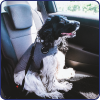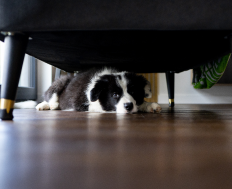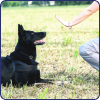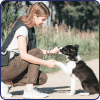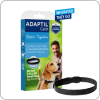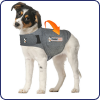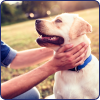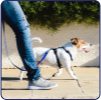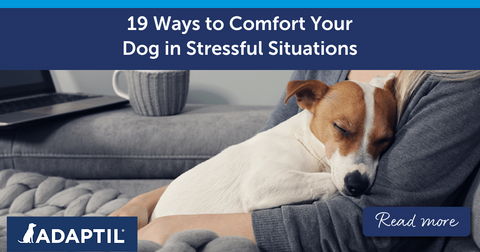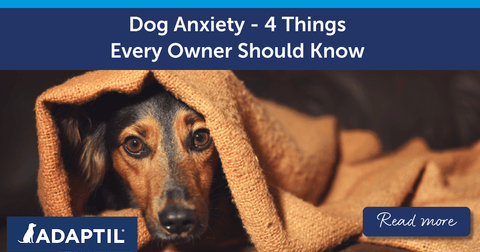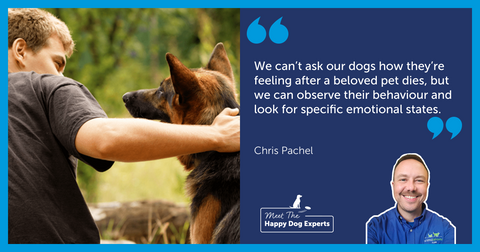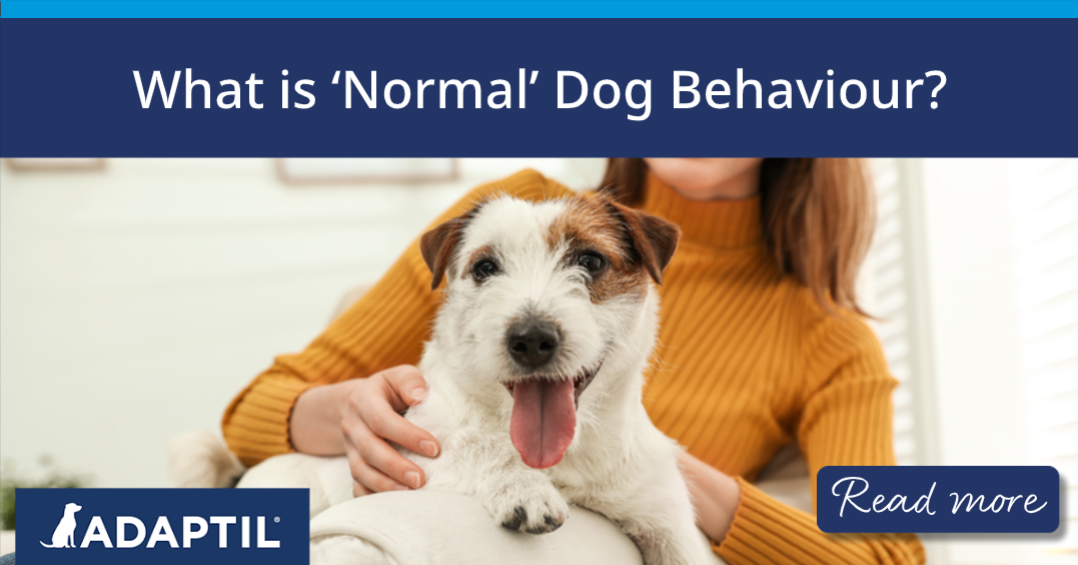
What is 'Normal' Dog Behaviour?
Our beloved pooches are a lot more like people than you might expect. Where we humans have such a huge range of personalities and quirks, so do our dogs!
But this raises a question: what is “normal” dog behaviour? And how can you tell if your dog is simply different to other dogs, or if they are displaying signs of stress, discomfort, or other issues?
By understanding dog behaviour, we can provide the best care for our furry friends and ensure they feel safe, comfortable, and happy in their environment. So, let’s explore their behaviour further!
What is Considered Normal Dog Behaviour?
Every dog is an individual, but there are some common behaviours and signs of body language that we can safely agree are typical for all dogs. This ‘normal’ behaviour in dogs includes eating, drinking, sleeping, toileting, and exploring, as well as interacting with humans, other animals, and their surroundings. In fact, much of the same day-to-day behaviour as many living creatures.
However, different breeds may exhibit these behaviours in unique ways based on their heritage and instincts. For example, a terrier may have a stronger digging instinct than a Border Collie, but that doesn’t mean a Border Collie will never dig!
Common Dog Behaviours that are Normal
Other normal dog behaviours include:
-
Tail Wagging – A loose, wide wag typically indicates happiness, while a stiff, high wag may suggest alertness or uncertainty.
-
Barking – Dogs can bark and vocalise for a variety of reasons, including excitement, altering to a potential threat, or even just seeking attention. The meaning behind different vocalisations will usually depend on the context.
-
Chewing – Puppies often chew to help with teething, while adult dogs might chew to explore and understand their environment or to alleviate boredom.
-
Digging – Some dogs dig to bury food or create a cool resting spot, or simply because the act of digging is enjoyable.
-
Sniffing – Dogs generally rely on their incredible sense of smell to explore their surroundings and communicate with other dogs.
-
Play – Playtime provides both physical and mental stimulation. Dogs may play alone, with humans, or with other dogs.
-
Leaning on People – Some dogs lean on their humans for comfort or affection, while others may do it when feeling insecure.
-
Resting and Sleeping – Quality rest is crucial for a dog’s well-being, and you may notice puppies and older dogs need more sleep than adult dogs.

Recognising a Change in Your Dog’s Behaviour
While the exact nature of normal dog behaviours will vary from dog to dog, a sudden behaviour change can be a sign of stress, illness, or discomfort. Changes to watch for include:
Physical Signs of Discomfort
-
Lower levels of activity
-
Changes in appetite
-
Excessive panting at unusual times
-
Vomiting, diarrhoea, or house-soiling in a previously housetrained dog
Behavioural Signs of Stress or Anxiety
-
Snapping, snarling, or biting
-
Restlessness or pacing
-
Shaking or trembling
-
Increased vocalisation, such as whining or howling
-
Excessive grooming
-
Avoidance behaviours, such as turning away or hiding
If you notice your dog’s behaviour has changed or they’re acting out of character, a visit to the vet is essential to rule out any medical conditions. Once you’ve identified the underlying cause, you can introduce measures to support your dog’s well-being and help them feel more comfortable.
Understanding and Addressing Unwanted Dog Behaviours
Another area to consider is ‘unwanted’ behaviours. These are behaviours that can be problematic for us humans but are often natural for dogs themselves. Examples include:
-
Excessive Barking – This can often be noisy and disruptive.
-
Jumping Up – While often a sign of excitement, this can be problematic if it causes discomfort or injury to people.
-
Resource Guarding – Protecting food, toys, or other possessions can indicate insecurity.
-
Being Home Alone – Some dogs find being separated from their humans challenging and show signs of destructive behaviour or distress.
-
Leash Pulling – A common issue that can make walks difficult and unsafe.
-
Scooting on their Bottom – This is often caused by anal gland issues or parasites but can also result from more general skin irritation.
-
Mounting or Humping – This can be linked to play, excitement, or attention-seeking, not just reproductive instincts.
It’s important to never punish your dog in these situations. These behaviours may come naturally to your dog and punishing them for it can be distressing and harmful to your bond together.
Instead, you should once again take the time to understand the root cause of these dog behaviour changes and then implement supporting measures. For example, using an ADAPTIL Calm diffuser s a great way to create a calming environment at home, which can be highly effective for dogs who feel unsettled or nervous. ADAPTIL Chew is another great option, offering fast-acting calmness in a convenient, on-the-go treat.

Supporting Your Dog’s Well-being
There are a number of ways to meet a dog’s needs to prevent unwanted behaviours from developing and generally promote a happy, well-adjusted pet.
A consistent routine helps dogs feel secure, with regular feeding, play, exercise, and rest schedules creating a sense of stability. Mental and physical stimulation is also important, and providing enrichment through interactive toys, sniffing activities, and training sessions keeps dogs engaged and prevents boredom.
A safe and comfortable space is another essential, which is where ADAPTIL Calm comes into its own. Simply plug the pheromone diffuser into an electrical socket in the room in which your dog spends the most time and leave it to do its thing! Many dog parents report seeing positive results within seven days, but remember to refill the diffuser after a month to ensure continuous support.
Understanding Dog Body Language
Being able to read a dog’s body language helps identify when they’re content or when they may be feeling uncomfortable. The Dog Body Language Program is a fantastic tool to help dog parents interpret their pooch’s signals and emotions. Some key body language signs to look out for include:
-
Tail Position – A high, stiff tail may indicate tension, while a relaxed wag suggests contentment.
-
Ear Position – Ears pinned back or to the side may signal discomfort.
-
Eye Contact – A soft gaze can indicate trust, while staring may be perceived as a challenge.
-
Subtle Signals – Lip licking, yawning, and turning away can indicate unease before a situation escalates.
By understanding what normal dog behaviour is and recognising when behaviour changes signal a concern, you can ensure your dog lives a happy and balanced life!
To learn more about dogs and their fascinating characteristics, why not explore our huge range of articles online? Or to receive the latest tips and insights into your email inbox, don’t forget to sign up to our newsletter!
